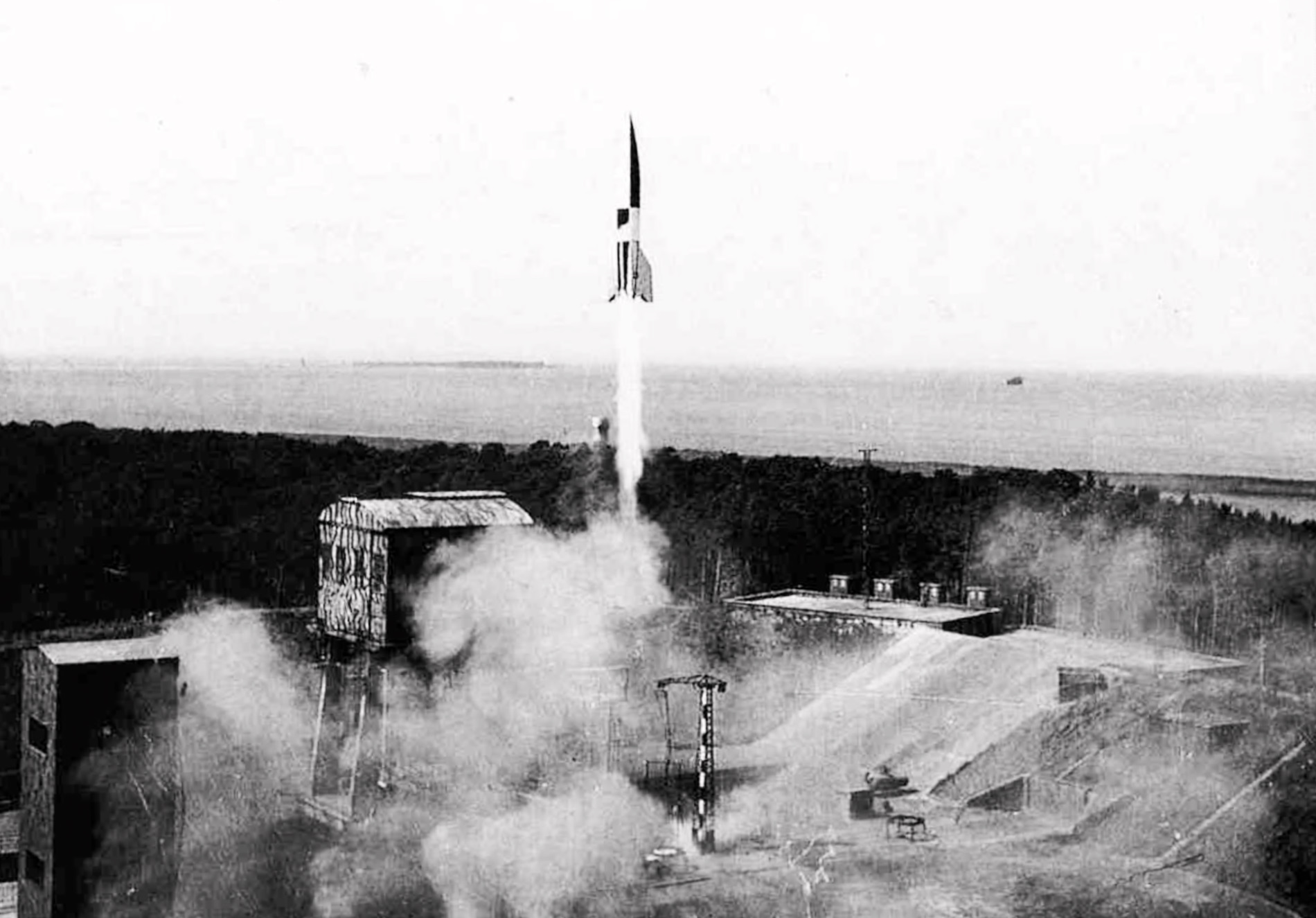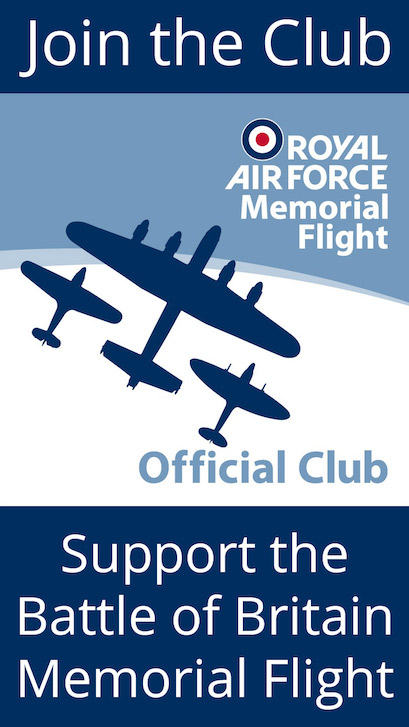The Peenemunde Raid – 80 years ago this month
Header Image: A V-2 rocket, guided ballistic missile, being launched from the Peenemunde rocket research and development centre in 1943. The site was the target for a major Bomber Command raid on 17-18th August 1943.
Eighty years ago, on the night of 17-18th August 1943, three waves of RAF Bomber Command aircraft, totalling 596 bombers, took off from their bases in England to attack the important German scientific research centre and rocket development site at Peenemunde on the Baltic coast of Germany. The raid, codenamed Operation Hydra, was to be of great significance and was very costly to Bomber Command, especially to the aircraft and crews of the third wave.
During 1943, intelligence data and photo-reconnaissance images gathered by the British about the secret research and development work being conducted by the Germans at Peenemunde, including development of the V-1 ‘doodlebug’ flying bomb, the V-2 long-range guided ballistic missile and rocket powered fighters, made the site a priority target for RAF Bomber Command. Because Peenemunde was some 600 miles from the most easterly British airfield, the earliest date when there would be sufficient cover of darkness was mid-August. The raid also needed to be carried out in bright moonlight to improve accuracy and increase the chances of success. The night of 17-18th August was chosen as the date for the raid.

The raid was carried out by 324 Avro Lancasters, 218 Handley Page Halifaxes and 54 Short Stirlings. The crews were not briefed on the exact nature of the target, being told that Peenemunde was being used by the Germans to develop radar that promised to greatly improve their night air defence organisation (a direct threat to the Bomber crews). The Operation Order stressed the importance of the raid by stating: “If the attack fails…it will be repeated the next night and on ensuing nights regardless, within practical limits, of casualties”. The primary objective was to kill as many of the personnel involved in the research and development as possible. Secondary objectives were to damage the research facility and destroy the related work and documentation. With this in mind there were three specific aiming points: the scientists’ and workers’ living quarters, the rocket factory and the experimental station.

Though Peenemunde was a sprawling facility, spread over some 9.6 square miles, it was still small compared with most Bomber Command targets of the time; it was also protected by smoke screens. For precision, the crews were ordered to bomb from 7-9,000 feet instead of the more normal altitude of around 18-19,000 feet. Pathfinders would mark the aiming points and a Master Bomber, Group Captain John Searby, was also used for the first time to control the target markers and the bombers. A Mosquito diversion to Berlin was mounted to draw off the German night fighters and this was successful for the first two waves of heavy bombers, but unfortunately not for the last wave.
The first bombs began to fall on Peenemunde at 00:35 on 18th August. The raid was successful to a degree, although bombing was not as accurate as would have been ideal and most of the important German scientists survived, with only two being killed. Post-war research generally agrees that the raid delayed the work at Peenemunde by about two months. To put that into perspective, once the V-1 flying bombs began to be launched against Britain from 13th June 1944, with the V-2 rockets following from 8th September that year, they were fired at an average rate of about 300 V-1s and 230 V-2s per month. The missiles typically caused some 1,400 deaths per month in England, with over 3,500 people injured each month, so by setting the German weapon programme back by two months many lives were saved by the Bomber Command raid on Peenemunde.

Bomber Command’s losses on the raid totalled 40 aircraft: 23 Lancasters, 15 Halifaxes and 2 Stirlings; 6.7 per cent of the force dispatched. 243 Bomber Command aircrew were killed, whilst some crew members from shot down bombers became POWs. Most of the casualties – 29 aircraft – were suffered by the third wave when the German night fighters arrived in force, once they realised that the Berlin raid was a ‘spoof’. This was the first night on which the Germans used their new Schräge Musik weapons, twin upward-firing cannons, fitted to Me Bf 110s. Two Schräge Musik night fighters found the bomber stream flying home from Peenemunde and are believed to have shot down six of the bombers lost on the raid. LEST WE FORGET








